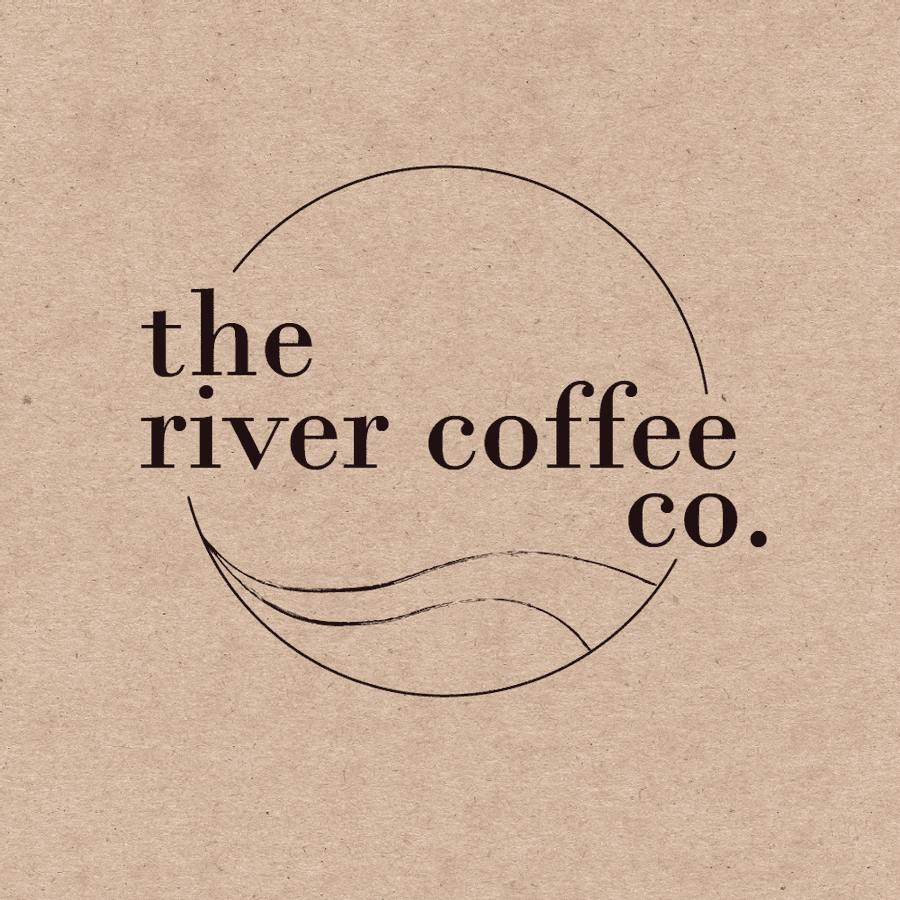The fundamentals of font psychology - 99designs
Curated from: 99designs.com
Ideas, facts & insights covering these topics:
10 ideas
·900 reads
17
Explore the World's Best Ideas
Join today and uncover 100+ curated journeys from 50+ topics. Unlock access to our mobile app with extensive features.
A good successful font
We see millions of fonts each day, but we will only remember the successful ones.
A good, successful font comes in the form of font psychology - meaning you connect the emotional and visual action to the font you choose to represent you. The digital age has strengthened that connection and is why brands and businesses should carefully consider what fonts are most successful.
41
187 reads
Font psychology
Font psychology is the visual and emotional response you have to fonts.
The Kolenda Font Model explains step-by-step how we perceive fonts and what we associate with them. For example, bold font for a fitness brand will be perceived as thick and bulky. The perception will also be associated with the fitness brand.
39
125 reads
Typography, shape and colour psychology
- Typography is the art of creating a message that looks visually pleasing. For example, if you want to evoke thoughts of tallness or slimness, adjust the spacing or decide if the upper or lower case will impact people's perception.
- Shape psychology focuses on the geometric form and creates emotion and feeling. For example, a font with more roundness creates a relaxing wave.
- Colour psychology plays a role in changing mood. The right shape and colour can be used to create the mood you want to embody.
39
78 reads
Why you should use font psychology
Font psychology has the power to drive your decisions and goals. Understanding how people react to fonts can influence how your target audience perceives your design and business.
Your design font should inspire and empower your message. For example, using the proper signage fonts when designing for a flash sale will help prompt consumers to buy instead of browsing. Likewise, the right combination of fonts for social media posts increases consumers' likeliness to return and engage with your content.
39
64 reads
Serif fonts
Serif fonts are the most traditional font option and are often used to create a classic, traditional and stable look and feel.
This font is great for brands and businesses that feel established, or to evoke a feeling of trust and respectability, for example, law firms, insurance companies and consultants.
The most popular serif fonts are Times New Roman, Georgia and Garamond.
42
75 reads
Slab serif fonts
The slab serif fonts are in the same family as serif fonts, but with more bold confidence and youth. Slab serif fonts are squared off giving a chunkier look and feel.
Slab serif fonts are excellent for businesses that want to leave a lasting impact.
Popular slab serif fonts include Courier, Rockwell and Museo.
40
82 reads
San serif fonts
Sans serif fonts are clean, crisp and modern. They are minimal and engaging. These fonts convey a no-nonsense attitude but also feel open and progressive.
Tech companies prefer these fonts as well as forward-thinking and modern brands.
Classic examples of this font are Arial, Century Gothic and Helvetica.
41
71 reads
Script fonts
Script fonts have a feeling of femininity and elegance. They are fun and romantic and mimick forms of handwriting and doodling.
Script fonts inspire other creative ideas and feel rich in emotion and history. They're great for visual brands but should be used with caution as they can leave text feeling illegible.
Familiar examples include Lucida Script, Lobster and Zapfino.
40
62 reads
Modern fonts
Modern fonts take on a futuristic look, but it's found in 18th-century history. Modern fonts combine practicality and playfulness. It varies thick and thin strokes.
These fonts create a sense of exclusivity and intellect. It is great for announcing your brand, particularly for attracting the millennial demographic.
Examples include Matchbook, Politica and Klavika.
41
76 reads
Display fonts
Display fonts are used for large-format mediums such as billboards, headings, and book covers. They can be serif, slab serif, or sans serif. They can also be unique and can have a pictorial element to them.
Display fonts can create a more casual, fun, or unique look. The font can be changed to suit your personality and is ideal for any business.
Examples include Bombing, Gigi and Jokerman.
40
80 reads
IDEAS CURATED BY
CURATOR'S NOTE
Understanding how fonts influence our decisions can help in picking the right font for your business. This article lists the different types of fonts and the feelings they evoke.
“
Ronald Lewis's ideas are part of this journey:
Learn more about product with this collection
How to balance flexibility and structure in a hybrid team environment
Understanding the challenges of managing a hybrid team
How to maintain team cohesion
Related collections
Similar ideas
1 idea
The Psychology of Fonts
medium.com
6 ideas
2 ideas
The surprising psychology of fonts
fastcompany.com
Read & Learn
20x Faster
without
deepstash
with
deepstash
with
deepstash
Personalized microlearning
—
100+ Learning Journeys
—
Access to 200,000+ ideas
—
Access to the mobile app
—
Unlimited idea saving
—
—
Unlimited history
—
—
Unlimited listening to ideas
—
—
Downloading & offline access
—
—
Supercharge your mind with one idea per day
Enter your email and spend 1 minute every day to learn something new.
I agree to receive email updates








